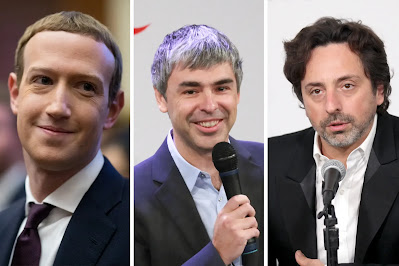From Southern Living -
How Late Is Too Late To Call Someone? Southerners Know the Answer
Manners matter, even over the phone.
By Kaitlyn Yarborough
 |
| istock photo |
No matter the quickness and ease that texting and emails lend to our busy lives, nothing will ever beat an old-fashioned phone call. The stories and details simply cannot be mimicked in text form, no matter how cute and cheeky the smiley faces and heart emoticons seem. Yet, just like with anything else in the South, there are manners to mind, even when it comes to your weekly gossip session with a girlfriend or daily touch-base with your sister. When is it too late to call someone? Here's the Southerner-friendly breakdown, but it's not necessarily clear-cut.
Like with anything, social rules of any nature—but particularly etiquette-related ones—aren't set in impenetrable stone. In order to work, they need to bounce and bend to adapt to different situations, moments, people, and cultures. That goes for phone calls, too. The cutoff time you would call a cousin with young children isn't necessarily the same deadline you'd give to your best friend who loves to pour a glass of vino and plan the next girls' trip just as much as you do. You wouldn't call a professional acquaintance as late as you would one of your close family members. Basically, manners aren't manners if you don't wield them correctly.
However, there are general guidelines about phone etiquette that are always important to heed—unless in the case of an emergency, of course. Firstly, if the sun's down, so should be the cellphone. Busy weeknights and fun-filled weekends deserve their own precious consideration, so Southerners know to keep the calls to the daylight as much as possible, which albeit gives you more flexibility during the sunlight-filled summer months than the winter. Summer is for evening porch hangs and light-hearted gossiping phone calls, anyway.
Secondly, respect your elders. (This one applies to many scenarios in the South.) Likely, your mother and great-aunt didn't grow up with pings and rings coming in past dinnertime. It's best to handle any social business with your older family members and acquaintances prior to 4 p.m. This guideline isn't steadfast by any means, but a good rule of thumb is to respect people's time and evening routines, especially if they go to bed early.
Lastly, the later it is, the shorter to keep it. As the day winds down, it can be hard now for most of us in the modern technological world to wind down with it. Keep catchup "phone dates" with friends and family under an hour (and around 30 minutes if possible), especially if calling after business hours. This makes it easy for both parties to keep to their schedules and get things done.
In short, if the clock is ticking past 6 p.m., Southerners might not pick up. It's nothing personal—rather, it's just that dinner is on the stovetop and the next episode of Yellowstone is calling our name.
https://www.southernliving.com/culture/etiquette/when-is-it-too-late-to-call-someone








